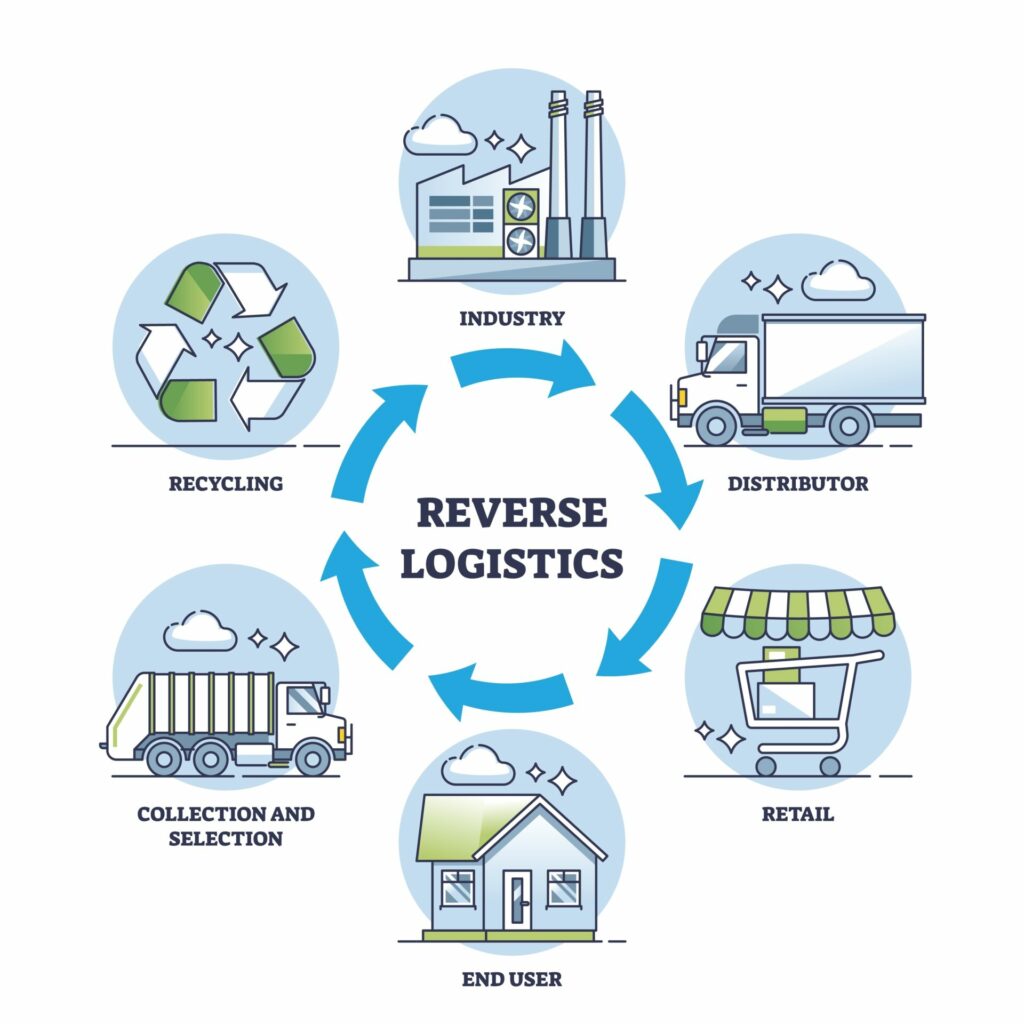New year, new you?
It may sound cliché, but that age-old new year resolution provides a massive launchpad for business growth.
The start of the New Year is a wonderful time for brands. Why? Because a new start (and a fresh budget!) brings forth the opportunity to explore different content, campaigns, and more – all from a clean slate.
With 2022 predicted to be the first trillion-dollar year for online sales, ecommerce marketing will become an even larger player in connecting your brand with those loyal customers you’ve always wanted.
Plus, the New Year brings a sense of hope and excitement around all that’s to come. For brands, this means it’s the perfect time to revitalize your marketing efforts and start the year on the right foot.
Without further ado, we’re presenting you with 3 ecommerce marketing strategies that online brands should explore this New Year.
1) Foster an online community
By now, there should be no surprise at the growth we’ve seen within the ecommerce marketplace. Largely due to the stay-at-home orders of 2020 and ongoing social distancing recommendations, online shopping with digitally-native brands has become the new normal for many consumers.
This ecommerce boom means that a brand’s ability to develop an online community is more important than ever before. According to a study by Facebook, 81% of surveyed digital shoppers said that they regularly use Instagram and Facebook to research products.
So, what better way to streamline the customer experience by fostering an online community that essentially does the research for online shoppers?
Instead of scouring the internet for online reviews, what if prospective customers could just check in with your social media pages for highlight reels of real-time product reviews?
Taking this a step further, what if potential buyers could read all about your product, your partnerships, and more in a curated blog on your site? Developing an online community is the perfect way to introduce new audiences to your brand and give them the confidence to purchase your products.
By providing a space for online shoppers to explore your brand’s various content streams, provide feedback, interact with other customers, and gain insight into company culture and products can increase brand loyalty and customer acquisition.

Not sure where to start? Small changes add up! You don’t have to develop an entirely new social media page, website, or mission statement. Try focusing on the below tips in the first quarter of the New Year to encourage a more engaging online environment:
- Ask for feedback from your loyal customers. What do your customers want to see? What are their pain points? Customer data can tell quite an interesting story and point your brand in a specific direction. If your checkout process is frustrating for even your most loyal customers, just imagine how many potential customers could be abandoning cart for the same reason.
- Develop a blog. Though blogging isn’t at the forefront of the social media world, it’s an incredibly important form of interaction with potential customers. Almost 50% of online shoppers use Google when searching for a new product, which means keywords, topics, and content from your blogs can boost your site to the top of the search list. Plus, it’s a terrific way to introduce your brand to potential customers and help them get acquainted with what you offer.
- Strategize your social media content. Like blog posts, social media posts are yet another gateway to your brand culture and offerings. Social media platforms such as Instagram, TikTok, and Facebook can help increase your brand’s exposure to audiences based on their interests. Plus, your social media content plays a huge role in a potential customer’s decision to head to your site and purchase a product.
- Personalize your interactions. Did you know that 91% of consumers more likely to shop with brands that provide personal and relevant recommendations or offers? Personalization plays a huge role in online shopping simply because there’s no face-to-face interaction like your customer gets when in a physical store. That’s a huge group of potential customers looking for genuine connection. Incorporating personalized email campaigns and using browsing data to recommend specific products to customers based on their interests is a perfect way to engage.
- Strategize your social media content. Like blog posts, social media posts are yet another gateway to your brand culture and offerings. Social media platforms such as Instagram, TikTok, and Facebook can help increase your brand’s exposure to audiences based on their interests. Plus, your social media content plays a huge role in a potential customer’s decision to head to your site and purchase a product.
- Develop a blog. Though blogging isn’t at the forefront of the social media world, it’s an incredibly important form of interaction with potential customers. Almost 50% of online shoppers use Google when searching for a new product, which means keywords, topics, and content from your blogs can boost your site to the top of the search list. Plus, it’s a terrific way to introduce your brand to potential customers and help them get acquainted with what you offer.
2. Develop a social commerce strategy
As we start to learn more about social media and its ability to increase brand awareness and drive sales, it’s imperative to look at social commerce as well.
So, what is social commerce?
Social commerce is an online selling strategy where brands can offer purchasing functionality directly through their chosen social media platforms.
With the recent increase in digitally native brands and influencer marketing, social commerce is the cherry on top for online shoppers who do most of their product research on social media.
For brands, this selling strategy is incredibly helpful in keeping the consumer lifecycle entirely within one place – meaning that a customer can visit a social page, find a product, and purchase it right away.

With 48% of Gen Z and Millennial users making purchases through social media, social commerce may be something to investigate for your brand in the new year (depending on your target audience!)
3. Partner with an influencer
If you haven’t already started looking into influencer marketing, the New Year is the perfect time to begin. The power of social media influencers is now widely known, with 38% of online shoppers turning to influencers for reviews and advice before purchasing products.
The biggest factor to consider when partnering with an influencer? Partnering with the right influencer.
You’ll want to make sure you’ve taken the following questions into consideration when working with a social media influencer:
- How is their engagement rate? It’s tempting to simply look at an influencer’s follower count when partnering with them. However, this isn’t the most important statistic to keep in mind. The engagement rate is much more telling of an influencer’s relationship with their audience. The higher the engagement rate, the more likely that influencer has a genuine connection and trust with their audience. You’ll want to partner with influencers who have good engagement rates, since it’ll be more likely that their audience will interact with the posts about your brand.
- Who is their audience made up of? This question speaks for itself…partnering with a yoga influencer as a guitar brand doesn’t really make any sense! As a brand, you’ll want to partner with influencers who have similar interests to your target audience. This means you’ll want to find partners that have more of a niche expertise, like micro-influencers. Micro-influencers have higher engagement rates and are likely to have followers with more specialized interests.
There’s plenty of unknowns at the start of a New Year, but one thing is certain: For digitally-native brands, ecommerce marketing strategies will play a huge role in establishing relationships with potential and existing customers.
Developing influencer marketing, content marketing, and social commerce strategies in the New Year are incredible ways to expand your brand’s reach, making sure you connect with more customers than the year before.




